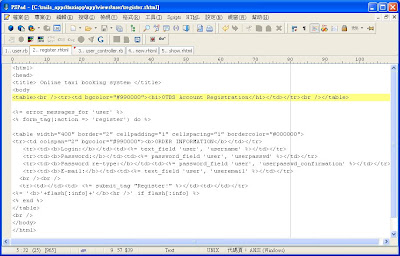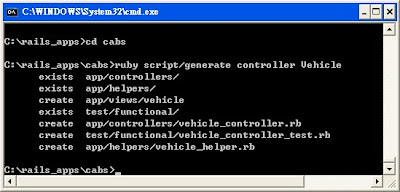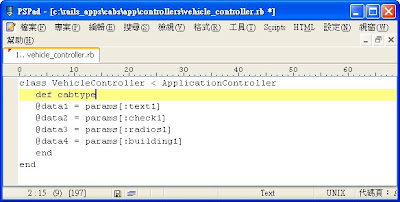I intend to build up an ebusiness for online fast food order and delivery service so far, after I have studied the ITC594 module, I have a further understanding on ebusiness development.
Firstly, I would define my ebusiness working on client server architecture in an internet environment.
Secondly, I would consider what kinds of software development methodology should be used in developing a web application with short development period, for fulfilling this requirements, I would like to choose RAD, because I don’t want to have other competitors releasing that kind of application are faster than me.
Thirdly, I need follow the RAD framework to build up my ebusiness with its required techniques and tools.
Fourthly, I would follow the XML scheme and W3C standard in order to make my web application more structural and standard, and also define more keywords in the html headers and tags that are easy for customer searching by search engine.
Fifthly, I would consider the internet security, so that I should implement a hardware firewall and use internet security protocol in order for having a high internet security protection.
Sixthly, I would like to choose Pay pal to be my online payment method, because Pay pal is very famous, that can give a high confidence to the customers.
And finally, after my web application has passed the test plan and has migrated from development to production environment, I would like to join my web application to some famous search engine for example, Yahoo, Google and AltaVista for increasing the website rating.


 Figure 3. Passenger's show.rhtml page
Figure 3. Passenger's show.rhtml page Figure 4. Passenger's edit.rhtml page.
Figure 4. Passenger's edit.rhtml page.

 Figure 3.
Figure 3.








 Figure 5.
Figure 5.

 Figure 8.
Figure 8.



 3. Add an action to vehicle_controller.rb as the method called cabtype
3. Add an action to vehicle_controller.rb as the method called cabtype




 9. Start the Web server and go to the opening page of this application at
9. Start the Web server and go to the opening page of this application at 



















